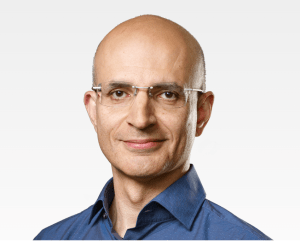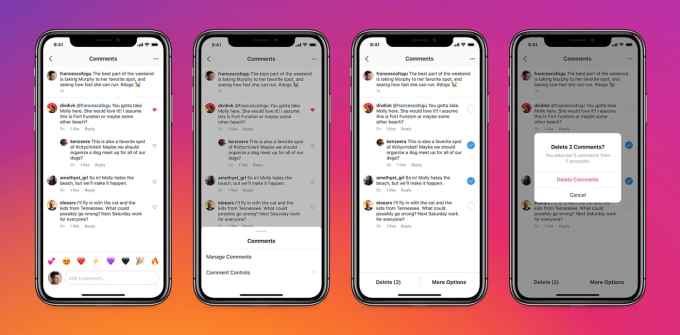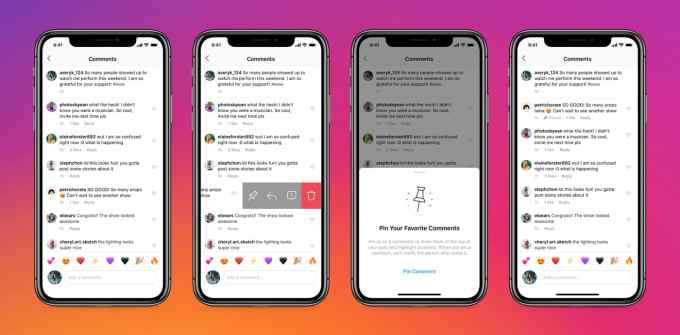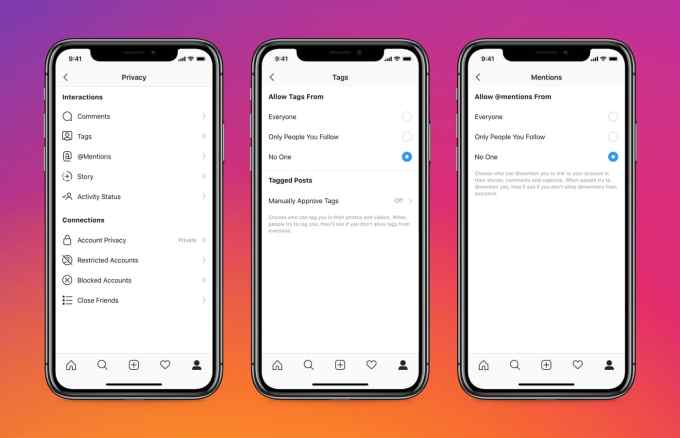Today, Apple released its 2020 Supplier Responsibility progress report. In it, Senior Vice President of Operations Sabih Khan published a letter that details an outline of the plan it created to increase safety and protection efforts in its supply chain worldwide.
As far as I can tell this is the first time that Khan has written publicly since he was appointed to this role in 2019. The letter walks through some of the efforts Apple has made to ensure, as Khan states, a “right to a safe and healthy workplace” for Apple employees and supply chain members.
As a pole position company that is the premiere manufacturer of consumer electronics in the world, Apple’s stances and efforts here are obviously under an incredible microscope. The measures that it takes will serve as a playbook for worldwide manufacturers going forward.
After thanking Apple’s suppliers around the word, Khan says that thousands of its employees worked with suppliers to create a plan to continue business in a fashion that took to account health recommendations in each country as well as the universal rules that govern coronavirus spread mitigation.

Apple Senior Vice President,
Operations, Sabih Khan
A few actions it has taken at its supplier facilities:
- Health screenings
- limiting density and enforcing strict social distancing
- Requiring the use of PPE both during work and in common areas
- Implementing enhanced deep cleaning protocols
- Deploying masks and sanitizers to employees
Apple has also redesigned and reconfigured factory floorpans at its suppliers where needed. It has also introduced flexible work hours like staggered work shifts to ensure social distancing measures can be maintained.
In addition to executing protections at its own suppliers, Apple is sharing its plans with NGOs and other organizations to help establish standards across the industry.
“We put people first in everything we do— and require everyone we work with to do the same — because we want to uphold the highest standards,” Khan says in the letter. “Our Supplier Code of Conduct prevents discrimination and harassment of any kind, and supplier employees are provided anonymous channels to speak up. We partner with our suppliers to create educational and training opportunities, including traditional college degree programs, vocational training initiatives, and health and wellness programs so their employees can learn new skills and work toward fulfilling their goals.”
Apple’s supplier report would normally be released in the February-March time frame but it wanted to take some time to plan and execute protection measures first before issuing the report and details of its adjustments due to COVID-19.
“While COVID-19 has been an unprecedented challenge, we’ve also drawn hope and inspiration from humanity’s renewed focus on the health of our colleagues, friends, and neighbors. That consciousness — of our health and the health of others — is something we can always carry with us,” Khan finishes. “Our work to protect people and the planet may never be finished — but we’ve never been more confident that our brightest days are still ahead.”
The supplier report this year is based on interviews of 52,000 workers in its supply chain. It is also auditing suppliers in 49 countries now, up from 30 in 2018 — with a total of 1142 audits in 2019. Apple’s Zero Waste program was introduced in 2015 in an effort reduce carbon emissions and waste from its supply chain. This report says that the program is now integrated into final assembly, testing and packaging across all of its major products. Apple diverted 1.3 million metric tons of waste from landfills last year and re-used 40% of water from its manufacturing process — some 9.4 billion gallons.
The full text of Khan’s letter is below.
Health comes first. Now and always.
As people around the world continue to face many challenges with the COVID-19 pandemic, we are reminded of the importance of protecting the planet and treating everyone with dignity and respect — values that inform every decision we make.
Our Supplier Responsibility Progress Report is a look back at the progress we achieved in bringing those commitments to life last year. But I first want to share some of the actions we’re taking in our global supply chain right now to address COVID-19’s unprecedented challenges, and to ensure people are able to return to work safely — because everyone has the right to a safe and healthy workplace.
This pandemic has left no country untouched, and we want to thank all our suppliers around the world for their commitment, flexibility and care for their teams as we navigate COVID-19’s complex and rapidly evolving impacts. From the outset, we worked with our suppliers to develop and execute a plan that puts the health of people first. Thousands of Apple employees have worked tirelessly to execute that plan in partnership with our suppliers around the world.
First and foremost, that’s meant working with our suppliers around the world on a range of protections suited to the circumstances in each country, including health screenings, limiting density, and ensuring strict adherence to social distancing in their facilities. We’re requiring the use of personal protective equipment — both during work and in all common areas — and have worked together to implement enhanced deep cleaning protocols and deploy masks and sanitizers.
Our teams have also partnered with suppliers to redesign and reconfigure factory floorplans where needed and to implement flexible working hours — including staggered work shifts — to maximize interpersonal space. We continue to work closely with leading medical and privacy experts to develop advanced health and safety protocols.
As we develop tools and implement best practices across our entire supply chain, we are also sharing what we learn within our industry and beyond. We haven’t allowed COVID-19 to undermine the values that have long defined who we are — values rooted in the responsibilities we have to one another and to the planet.
This year’s Supplier Responsibility Progress Report describes our work to bring all of those commitments to life in 2019. Whether it’s helping with the transition to 100 percent renewable energy, or training millions of people on their workplace rights, we apply our values in all aspects of our business, and every year, we raise the bar that our suppliers must meet as well.
We put people first in everything we do— and require everyone we work with to do the same — because we want to uphold the highest standards. Our Supplier Code of Conduct prevents discrimination and harassment of any kind, and supplier employees are provided anonymous channels to speak up. We partner with our suppliers to create educational and training opportunities, including traditional college degree programs, vocational training initiatives, and health and wellness programs so their employees can learn new skills and work toward fulfilling their goals.
We’re committed to transparently reporting the progress we’ve made and have yet to make. This report draws on interviews from more than 50,000 employees in our supply chain and more than one thousand audits of supplier facilities across 49 countries — including surprise audits. The same attention to detail and innovation that goes into our products informs this report, and the work to ensure our worldwide network of suppliers upholds the standards themselves.
The environment we all share is fragile, and we are more dedicated than ever to fighting climate change and reducing emissions. Through strategic partnerships, we’re helping our suppliers shrink their carbon footprint and conserve precious resources, like water and energy. Green manufacturing is smart manufacturing, and, more broadly, we know what is good for the environment is also good for business.
While COVID-19 has been an unprecedented challenge, we’ve also drawn hope and inspiration from humanity’s renewed focus on the health of our colleagues, friends, and neighbors. That consciousness — of our health and the health of others — is something we can always carry with us.
Our work to protect people and the planet may never be finished — but we’ve never been more confident that our brightest days are still ahead.
Sabih Khan is Apple’s Senior Vice President of Operations.
Sabih leads Apple’s global supply chain, which includes Supplier Responsibility.

from Apple – TechCrunch https://ift.tt/2Z2FKE4




